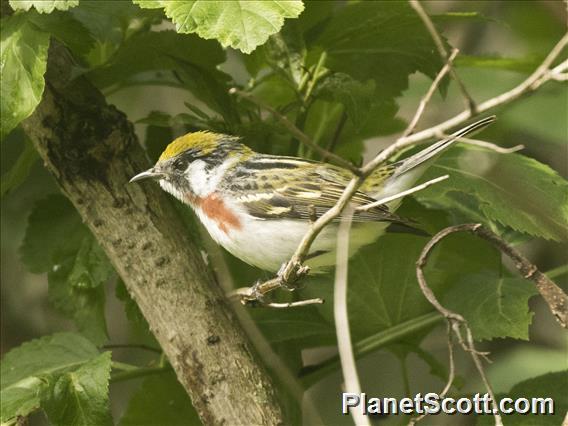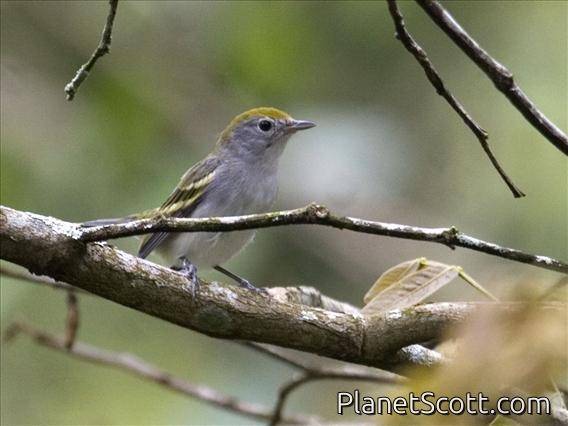Chestnut-sided Warbler (Setophaga pensylvanica)

Chestnut-sided Warbler (Setophaga pensylvanica)

Chestnut-sided Warbler (Setophaga pensylvanica)

Chestnut-sided Warbler (Dendroica pensylvanica)



×




Chestnut-sided Warbler (Setophaga pensylvanica)

Chestnut-sided Warbler (Setophaga pensylvanica)

Chestnut-sided Warbler (Dendroica pensylvanica)
About Chestnut-sided Warbler (Setophaga pensylvanica)
- Kingdom: Animals
- Phylum: Chordates
- Class: Birds
- Order: Perching Birds
- Family: New World Warblers
The chestnut-sided warbler is a New World warbler. They breed in eastern North America and in southern Canada westwards to the Canadian Prairies. They also breed in the Great Lakes region and in the eastern United States.
Source: Wikipedia
Visits
-
2009-01-30
Semuc Champey, Guatemala -
2009-02-08
Lancetilla Botanical Gardens, Honduras -
2009-02-09
Los Naranjos, Honduras -
2009-02-25
Corcovado National Park - La Sirena, Costa Rica -
-
2013-04-19
Bolivar Peninsula, United States of America -
-
-
-
-
-
-
-
-
-
-
-
-
-
-
-
-
-
-
-
2023-09-28
La Selva, Costa Rica -
-
-
-
-
-
-






